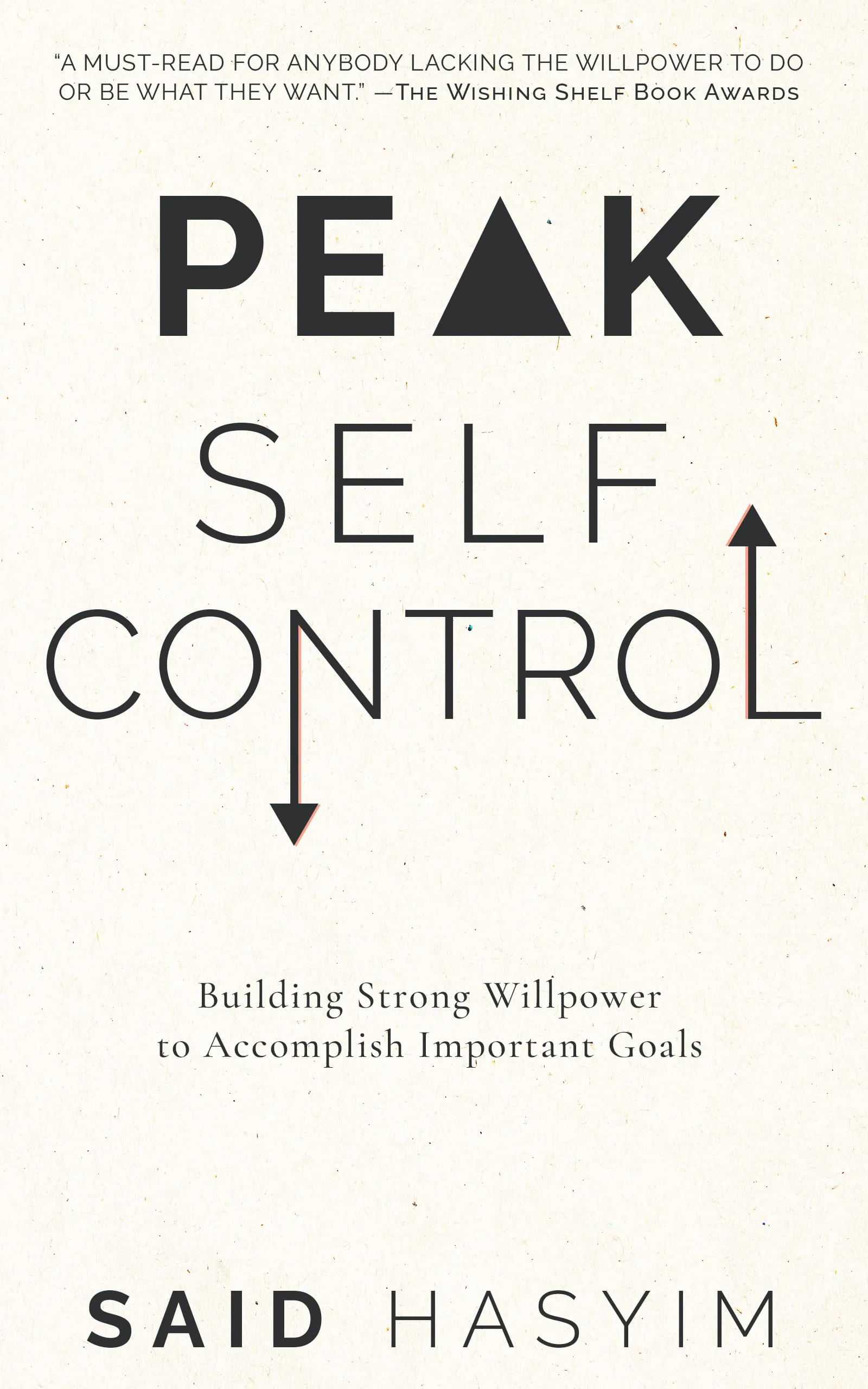Long-Term vs. Short-Term Goals: Maintaining Balance
Setting goals is a fundamental part of personal and professional development. However, the way we approach goal-setting can vastly influence our overall success and fulfillment. In this blog post, we will explore the importance of both long-term and short-term goals, why a balance between the two is essential, and how to effectively manage and integrate them into our lives.
Understanding Long-Term and Short-Term Goals
What are Long-Term Goals?
Long-term goals are objectives that you aim to achieve over an extended period, typically five years or more. These goals represent your overarching aspirations and ambitions. They provide direction and a sense of purpose. Some examples include:
- Achieving a specific career position
- Saving a significant amount for retirement
- Writing a book or producing a creative project
- Attaining a certain level of fitness or health
Long-term goals require vision. They often involve complex plans and sustained effort over an extended period. They also allow for the flexibility of changing circumstances and personal growth as you progress toward your desired future.
What are Short-Term Goals?
In contrast, short-term goals are objectives that can be accomplished in a shorter time frame, generally within days, weeks, or months. These are action-oriented and serve as stepping stones toward achieving your long-term aspirations. Examples include:
- Completing a work project by the end of the week
- Saving a specific amount each month
- Reading a certain number of books this year
- Training for a single race or event
Short-term goals are usually more tactical and specific. They provide a sense of immediate accomplishment and help maintain motivation as you work toward your longer-term targets.
The Importance of Balancing Both Types of Goals
Clarity and Direction
Having both long-term and short-term goals creates a clear roadmap for your life. Long-term goals give you direction, while short-term goals provide a step-by-step approach to getting there. Balancing both ensures that you stay focused on the bigger picture, even while dealing with day-to-day activities.
Motivation and Momentum
Short-term goals provide quick wins, which can be incredibly motivating. Achieving these smaller targets offers a sense of accomplishment that fuels your enthusiasm for tackling more significant projects. If you solely focus on long-term goals, it can sometimes feel overwhelming or discouraging, especially if the end point feels far away. Short-term goals bridge that gap and help maintain momentum.
Flexibility and Adaptation
Life is dynamic, and circumstances can change unexpectedly. By maintaining a balance between long-term and short-term goals, you allow for flexibility in your planning. If a long-term goal no longer aligns with your life, you can adjust your short-term goals accordingly without feeling like you’ve completely abandoned your larger ambitions.
Preventing Burnout
Focusing exclusively on long-term goals can sometimes lead to burnout. The grind to reach a distant target without regular breaks or smaller accomplishments can make the journey feel tedious. On the other hand, short-term goals can be more easily adjusted or reprioritized, helping to alleviate some of that pressure. A mix of both ensures you can enjoy the process while moving forward.
Strategies to Maintain Balance
Set SMART Goals
One effective way to manage your goals is by ensuring they adhere to the SMART criteria: Specific, Measurable, Achievable, Relevant, and Time-bound. Apply this framework to both long-term and short-term goals. This structure supports clarity and helps you define what success looks like for both types of objectives.
Regular Review and Adjustment
Set aside time regularly—such as monthly or quarterly—to review your goals. Assess your progress toward your short-term objectives and consider how they align with your long-term aspirations. This reflection period will help you make necessary adjustments and stay aligned with your priorities.
Prioritize Your Goals
Not all goals are created equal. Some may have more significant impacts on your overall life satisfaction and success. Assess which long-term goals are most critical to you and ensure your short-term goals reflect those priorities. This may involve saying no to short-term distractions that don’t serve your long-term vision.
Create a Vision Board
A visual representation of your long-term goals can be incredibly beneficial. Consider creating a vision board that captures your dreams and aspirations. This can serve as a daily reminder of what you’re working towards, helping you align your short-term tasks with your long-term ambitions.
Incorporate Accountability
Enlisting a friend, mentor, or coach to hold you accountable can significantly enhance your chances of achieving your goals. Share your long-term vision and short-term objectives, and check in regularly to discuss your progress. This external support provides motivation and a sense of community, reinforcing the importance of balancing both types of goals.
Conclusion
In the fast-paced world we live in, it can be easy to become caught up in either the immediate demands of life or the distant allure of future ambitions. Striking a balance between long-term and short-term goals is crucial for sustainable growth and fulfillment. By understanding the unique benefits of each and employing effective strategies for integration, you can pave the way for a more rewarding journey toward your aspirations.
Embrace the blend of long-term vision and short-term action—because the path to success is not just about reaching the destination, but also enjoying the journey along the way.
Start Mastering Self-Discipline Today
Discover Peak Self-Control, a practical book to mastering self-discipline. Break free from distractions, build healthier habits, and improve your relationships. Gain effective strategies to enhance your willpower and make meaningful life changes, even amidst a busy schedule. Small adjustments can lead to significant improvements in your daily routine.
